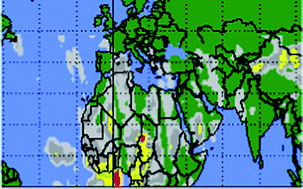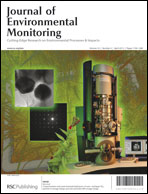The particulate matter with an aerodynamic diameter less than or equal to 10 and 2.5 microns respectively (PM10 and PM2.5) constitutes one of the main air pollutants, which is currently regulated in Europe through Directive 2008/50/EC due to its proven harmful effects on human health. In this paper, the airborne PM10 samples collected in Zaragoza city during 2001–2009 were apportioned by statistical tools based on principal component analysis with absolute principal component scores (PCA-APCS). PM10 samples were characterized regarding their concentrations of polycyclic aromatic hydrocarbons (PAH) and water-soluble ions. PAH were analyzed by gas chromatography-mass spectrometry-mass spectrometry detection (GC-MS-MS) and ions were analyzed by ion chromatography. A total of five factors were identified by PCA-APCS corresponding to different anthropogenic and natural sources. This work was focused on analyzing in more detail those samples involving higher negative impact on human health, in particular, PM10 samples exceeding the daily PM10 limit value of 50 μg m−3 according to Directive 2008/50/EC and samples with concentrations of benzo[a]pyrene (BaP) higher than the upper assessment threshold (BaP > 0.6 ng m−3) established by the Directive 2004/107/EC. Most of the exceedances of the daily PM10 limit value were associated with direct and indirect North-African long-range transport. During these exceedances, it was observed that anthropogenic pollution sources slightly decreased with regard to the natural sources. This indicated that episodes of high PM10 could have a natural origin associated with long-range transport from the African continent. On the contrary, those exceedances with regional contribution and samples with BaP concentrations higher than 0.6 ng m−3 showed an important contribution of anthropogenic pollution sources increasing their negative impact on human health.

You have access to this article
 Please wait while we load your content...
Something went wrong. Try again?
Please wait while we load your content...
Something went wrong. Try again?


 Please wait while we load your content...
Please wait while we load your content...